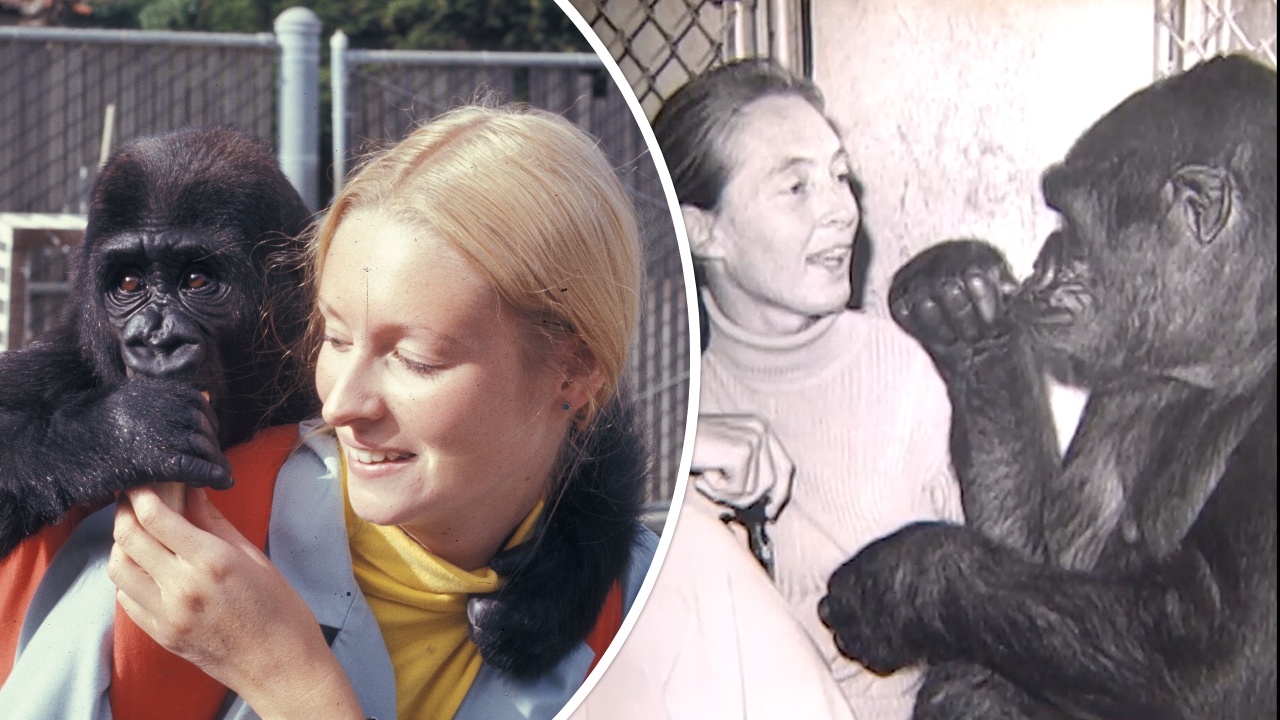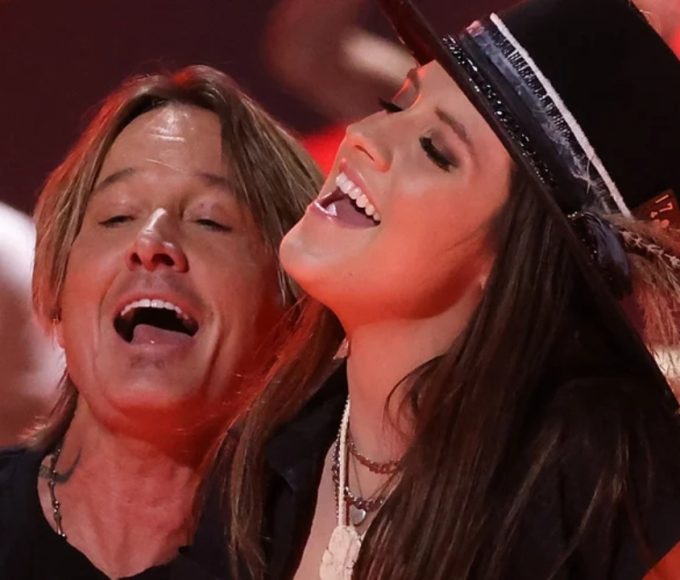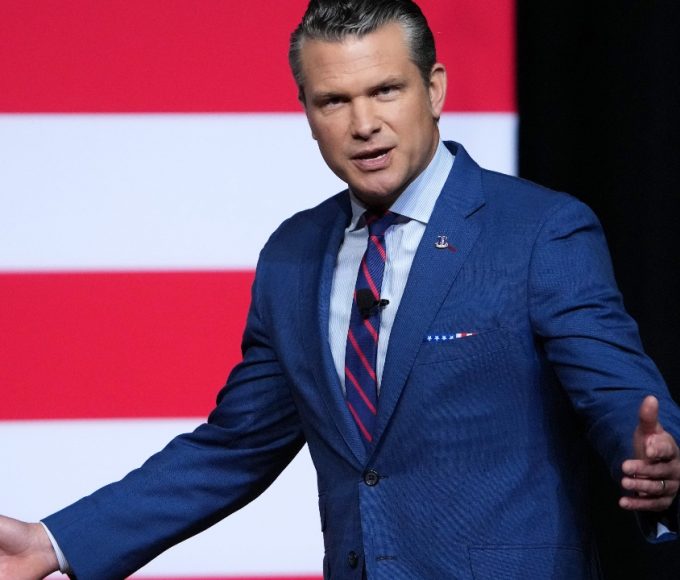When two legendary figures in the world of animal understanding met, it was a moment of quiet significance. Dr. Jane Goodall, the world’s foremost expert on chimpanzees, once paid a visit to Koko, the famous gorilla who communicated through sign language. As Goodall sat observing, she was struck by the gorilla’s calm and thoughtful personality, a striking contrast to the energetic chimpanzees she was accustomed to studying.
During that visit, Goodall seized the opportunity to settle a long-standing debate with her students back in Gombe. She asked Koko, through her caregiver Penny Patterson, a simple question: did she prefer people to stand or sit when they were with her? Koko’s definitive answer was both unexpected and insightful. She didn’t choose either; she preferred people to lie down! This simple preference offered a profound glimpse into how a gorilla might feel most comfortable with humans, setting the stage for a deeper understanding of these magnificent creatures.
#JaneGoodall #RIPJaneGoodall #NobelPrize #Animals: Jane Goodall (April 3, 1934 – October 1, 2025) dead of natural causes in Los Angeles at 91. Goodall transformed the world by helping us see how animals have feelings, love, emotions, and more. She will be missed so much. 😭🇬🇧❤️🦍 pic.twitter.com/qfItmw8NVQ
— USAS – airplanes, tanks, ships and more. 🇺🇲🌊 (@USAS_WW1) October 1, 2025
Koko’s own story began in 1971 at the San Francisco Zoo, where she was born on the Fourth of July and named Hanabi-ko, or “fireworks child” in Japanese. Her life changed forever in 1972 when Francine “Penny” Patterson, a Ph.D. candidate at Stanford University, began working with her on a project focused on interspecies communication. Patterson chose to teach Koko a modified version of American Sign Language (ASL), dubbing it “Gorilla Sign Language” or GSL to account for the physical differences in their hands.
Under Patterson’s guidance, Koko didn’t just learn signs; she mastered them. She eventually built a vocabulary of more than 1,000 signs and could understand approximately 2,000 spoken English words. Koko’s journey was shared with another gorilla, Michael, who also learned hundreds of signs and became her companion.
You Might Like: Keith Urban’s New Girlfriend: Is He Dating Maggie Baugh?
Koko: The Deeper Bonds of Emotion and Intelligence
Beyond vocabulary lists, the young gorilla revealed a depth of emotion that captivated the world. She demonstrated a mischievous sense of humor, famously insisting that a white cloth was “red” before triumphantly plucking a tiny piece of red fuzz from it and laughing. Her capacity for love and grief became internationally known through her relationship with a kitten.
When given a toy cat for Christmas, Koko rejected it, instead choosing a live, tailless Manx kitten from a litter. She named the kitten All Ball and cared for it with gentle devotion. When All Ball was tragically killed by a car, Koko showed clear signs of grief for months, once signing “sad bad trouble” when reminded of her lost friend. This event, immortalized in a National Geographic cover and the best-selling children’s book Koko’s Kitten, showed millions that animals experience profound emotional connections.
Koko the gorilla, who is said to have been able to communicate by using more than 1,000 hand signs, has died in California at the age of 46. Here she is on BBC News in 1985, with her kitten friend. pic.twitter.com/HA4dFrqlW7
— BBC Archive (@BBCArchive) June 21, 2018
Jane Goodall saw in Koko a powerful reminder of the intelligence and compassion shared by all great apes. In her own remembrance, Goodall highlighted not just the gorilla’s language skills, but her emotional capacity and the bonds she formed across species. For Goodall, Koko’s story was a beacon, illuminating our connection to the rest of the animal kingdom and the urgent need to protect it. She lived to be 46 years old, passing away peacefully in her sleep in 2018.
She left behind a complicated but undeniable legacy. Through her, we learned that gorillas can joke, love, grieve, and perhaps most importantly, make us reconsider what it means to be an intelligent, emotional being on this planet. She was a bridge between our world and theirs, and her memory continues to inspire empathy and conservation efforts for her species.












